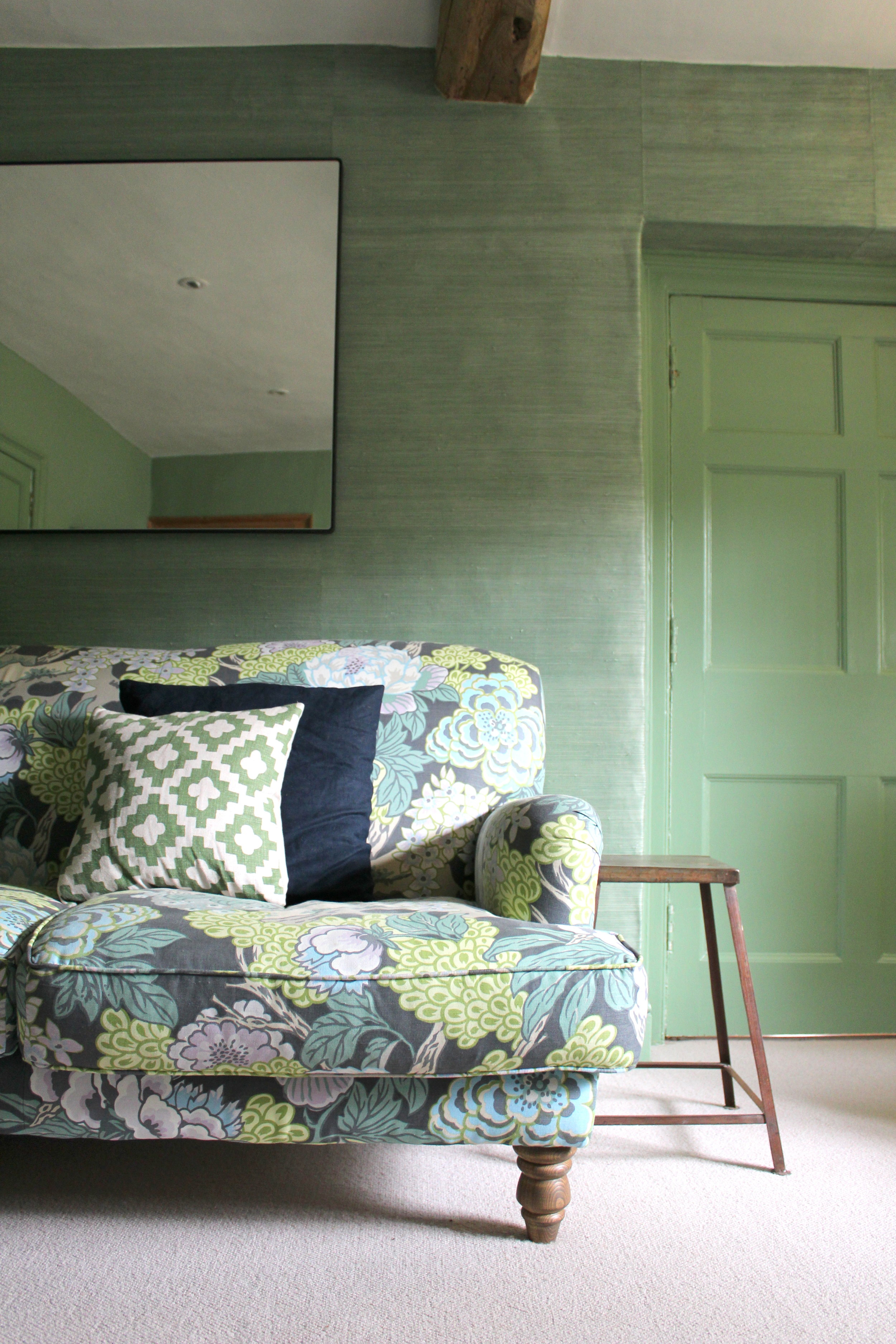A mood board is an essential component of an interior designer’s design package. It serves as a visual representation, helping clients see the overall look and feel of a space, while also highlighting specific furniture, fixtures, and design elements that will be included in the final design.
What is a mood board?
A mood board is a visual display of materials, fabrics, paint colours and fixtures in a design scheme. They can be displayed either electronically or as a physical board with materials - fabrics, woods, metals & paints. Electronic mood boards are often used by interior designers alongside physical mood boards that are presented at client consultations.
Why are mood boards useful?
Creating a mood board is a really useful tool to ensure that all the elements used in a design work together and complement each other. It makes it so much easier for you to see what works/doesn’t work and what needs to be added to bring the scheme to life. They are used by interior designers to illustrate the overall scheme for the proposed design, so their client has a really good idea of what the room will look like. They can also be really useful in a renovation project to show contractors so that everyone is on the same page.
Interior designers are experts when it comes to designing room schemes and putting together amazing mood boards for their clients. It takes a lot of skill and expertise to put a scheme together that is both beautiful and functional. By considering all aspects of a project from the outset, including all the technical aspects, you will save yourself a considerable amount of time and expense down the line. Sometimes hiring an interior designer to look after a project from start to completion isn’t possible. But there is a happy medium. We offer an e-design service which we can do remotely.
How to create a mood board without an interior design:
Creating mood boards is fun! If you are a novice and fancy giving it a go I am going to share some tips below.
Best free tools to use:
1. Canva. This is a free web based platform which you can upload your own saved images into and use one of their templates to create a mood board. The best template to use is a landscape photo collage which you can find by using the search tool at the top. You can choose a template and then delete the photos currently on the template and add your own. Use the upload images tab to import your own jpeg images. You can move the images around the page, move items to the front or back and add text. The board can then be exported to your desktop.
2. Powerpoint. Another useful free tool to use is powerpoint. Though it doesn’t have all the same functionality as Canva it will enable you to collate all your images and text on the same page so you can create a design.
Things to include in a mood board:
Flooring
Paint colours and wallpaper
Lighting
Furniture
Fabric choices - curtains/blinds, furniture, cushions.
Rug
Artwork
In my previous post I talked about creating gallery walls with art. I often use Canva to design a gallery wall. Ensuring all the pieces are scaled correctly allows me to design a cohesive gallery wall and also is an excellent way to show the tradespeople how the gallery wall should be hung on site.
I hope you have fun creating your own mood boards!
Note: Interior designers have spent many years perfecting their design skills and the physical process of creating a mood board for visual representation is just a tiny part of the design process. There are so many aspects to consider when designing a room, not just how it will look, so if you would like us to help design and execute your next project we would be delighted to hear from you. Email us at ellie.helme@wolfgrey.co.uk
Ellie x










